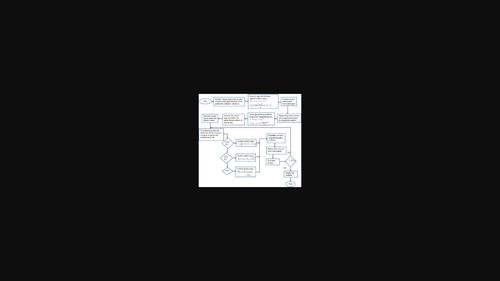Chaotic‐quasi‐opposition based whale optimization technique applied to multi‐objective complementary scheduling of grid connected hydro‐thermal–wind–solar‐electric vehicle system
引用次数: 0
Abstract
The sources of fossil fuel are impoverishing in upcoming future. In the current research scenario, sincere effort has been taken worldwide to explore the use of renewable energy sources in electrical power system for the economic benefits and environmental consciousness. The main contribution of the proposed work is first, to find optimal hydro‐thermal scheduling (HTS) with wind, solar, and electric vehicles (EVs) for variable load. The target is to find out maximum utilization of renewable energy sources for economic power generation with less emission. Thus, a new approach of EV to grid has been adopted with wind–solar based HTS system for improving grid reliability and resilience. Second, there is a requirement to overcome the local optima problems with less convergence speed. This is obtained by employing a relatively new methodology, known as chaotic‐quasi‐opposition‐based whale optimization algorithm (WOA) (CQOWOA). The proposed algorithm is tested on HTS and wind–solar‐electric vehicle‐based HTS (HTWSVS) for three different cases. Different nonlinearities like valve point effect of thermal units, transmission losses, spillage rate of hydro reservoir units and uncertainties of wind, solar as well as EV are considered to judge the effectiveness of the proposed CQOWOA technique on realistic problems. The presence of wind, solar, and EV energy sources with HTS is evident from the test results of CQOWOA, for multi‐objective problem where cost and emission both are reduced significantly. The robustness of the proposed solution has been verified by implementing the statistical analysis on two systems with least variation of mean and optimal values of cost with the tolerance of less than 0.025%. The comparative analysis of CQOWOA with the other optimization techniques validates its superiority on both the test systems by minimizing the generation cost and emission.

基于混沌准位置的鲸鱼优化技术应用于并网水力-热力-风力-太阳能-电动汽车系统的多目标互补调度
未来,化石燃料的来源将越来越少。在当前的研究形势下,全世界都在努力探索在电力系统中使用可再生能源,以实现经济效益和环保意识。本研究的主要贡献在于:首先,为可变负荷寻找最佳的水热调度(HTS),同时使用风能、太阳能和电动汽车(EV)。目标是最大限度地利用可再生能源,实现经济发电,减少排放。因此,为提高电网的可靠性和恢复能力,采用了一种电动汽车并网与基于风能-太阳能的 HTS 系统相结合的新方法。其次,需要克服收敛速度较慢的局部最优问题。为此,我们采用了一种相对较新的方法,即基于混沌准位置的鲸鱼优化算法(WOA)(CQOWOA)。所提出的算法针对三种不同情况,在 HTS 和基于风能-太阳能-电动汽车的 HTS(HTWSVS)上进行了测试。考虑了不同的非线性因素,如热电机组的阀点效应、输电损耗、水电站机组的溢出率以及风能、太阳能和电动汽车的不确定性,以判断所提出的 CQOWOA 技术在现实问题上的有效性。从 CQOWOA 的测试结果来看,在多目标问题中,风能、太阳能和电动汽车能源与 HTS 的共同作用显著降低了成本和排放。通过对两个系统进行统计分析,验证了所提解决方案的稳健性,平均值和成本最优值的变化最小,容差小于 0.025%。CQOWOA 与其他优化技术的比较分析验证了其在两个测试系统中的优越性,即最大限度地降低了发电成本和排放。
本文章由计算机程序翻译,如有差异,请以英文原文为准。
求助全文
约1分钟内获得全文
求助全文

 求助内容:
求助内容: 应助结果提醒方式:
应助结果提醒方式:


